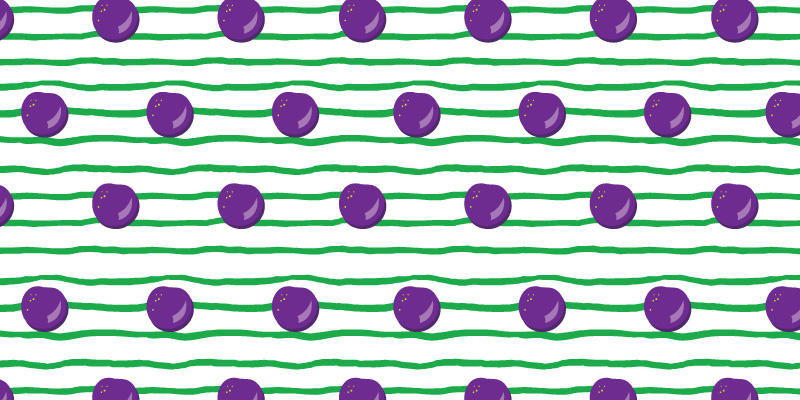The word “clone” may summon images of futuristic labs and babies with multiple heads, but in the wine biz, clones are born wildly in nature, with dozens represented in any wine shop. Grape clones are the X-Men of wine — literally mutants that evolved spontaneously in different climates. They produce fruit with unique characteristics, but still of the Vitis Vinifera species and still a single variety at their core. Over centuries, and especially as science has evolved alongside winemaking, hundreds of clones have been propagated, and they’re everywhere.
To understand how grape clones develop, it first helps to know how grapevines are cultivated. Unlike most crops, grapevines don’t sprout from grape seeds. Instead, a branch with a bud is cut from an existing vine and then planted directly into the ground, or grafted (essentially glued) onto an existing root, and a new vine begins to grow.
Each time a vine is planted or grafted, the new vine is an exact DNA replica of the mother vine, and referred to as a clone. Diversity in clones starts most often from spontaneous mutation, unlike hybrid varieties intentionally created via cross-pollination. When a single vine mutates on its own –say, developing loose berry clusters, it’s considered a “new” clone and will have genetic material that is different from its original mother vine. By cutting and grafting from the loose-cluster vine, vintners propagate the new clone, planting dozens of copies or whole parcels of land to the new clone. Many clones bear the name of their discovery site, like Pommard or Wente Pinot Noir clones, while others are identified by number.
This is evolution in action and, just like other species, certain grape varieties mutate more quickly than others. Pinot Noir, for example, has hundreds of clones that, to the untrained eye, simply look like red grapes, but closer examination reveals unique traits both on the physical and chemical levels.
For winemakers and vineyard managers, clonal selection is crucial because the choice affects how a vineyard thrives over the life of a vine and can dramatically influence the character of resulting wines. When starting or replanting a vineyard, growers work with grapevine nurseries and institutions like UC Davis, which catalogue grape clones and chart their characteristics, to choose the best clones based on vineyard site and berry features, such as high acid or deep color.
Like choosing your X-Men dream team, these decisions are integral since clones can change everything, from how grape berries look to how much a single vine produces to how strongly they resist disease. A great clone or clones will yield the better grapes, and in theory better wines in a single place. For example, a large vineyard in California’s central valley might prefer a high-yielding clone of Chardonnay for selling in bulk, while a small winery in the damp Russian River valley would want clones that are rot-resistant. Across vineyards, owners may have dozens of clones of a single variety — some that do well in gravelly soils at the top of a hill and others more suited to rich clay soils, for example.
Like Mystique, clonal differences are hard to identify in action, especially for drinkers. While each clone contributes different flavors to a wine –fruitiness or acid, for example — winemaking practices like oak use, blending and aging are far more noticeable in the finished wines, especially because a single wine often contains grapes from a variety of clones. In a side-by-side tasting, you could probably tell the difference between Syrah clones, but with dinner on Wednesday night or even in a tasting room, clones take a happy backseat to the finished product. Like mutants, clones just want to belong, and in winemaking they do.

